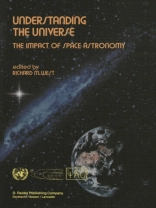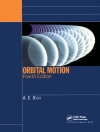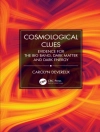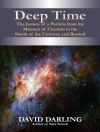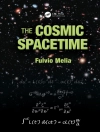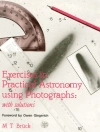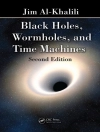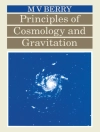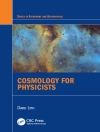There is hardly any field of human endeavour which is more fundamental than the study of our surroundings. We have always wanted to learn what was behind our horizon, beyond the next mountain, on the other side of the ocean, on the next planet, at the end of the Universe. We have come a long way since our early ancestors gazed upon the sky in amazement. Giant optical and radio telescopes now allow us to "see" the early epochs of the Universe, revealing phenomena beyond our comprehension. Spacecrafts with on-board astronomical instrumentation circle the Earth and fly to the limits of the Solar System, providing invaluable new information about nearby and distant objects. Many people have the intuitive feeling that it is "easier and better" to study the Universe from above the Earth’s atmosphere. However, this is only partially true in as much as electromagnetic radiation of certain wavelengths (e.g. X-rays) does not penetrate the atmosphere and can only be studied from balloons and space crafts * The advent of space-borne astronomy has not made ground-based observations obsolete – on the contrary, it is only thanks to the combination of the two that we have now a vastly more comprehensive picture of the Universe than just a few decades ago.
Richard M. West
Understanding the Universe [PDF ebook]
The Impact of Space Astronomy
Understanding the Universe [PDF ebook]
The Impact of Space Astronomy
قم بشراء هذا الكتاب الإلكتروني واحصل على كتاب آخر مجانًا!
لغة الإنجليزية ● شكل PDF ● ISBN 9789400972117 ● محرر Richard M. West ● الناشر Springer Netherlands ● نشرت 2012 ● للتحميل 3 مرات ● دقة EUR ● هوية شخصية 4683162 ● حماية النسخ Adobe DRM
يتطلب قارئ الكتاب الاليكتروني قادرة DRM
